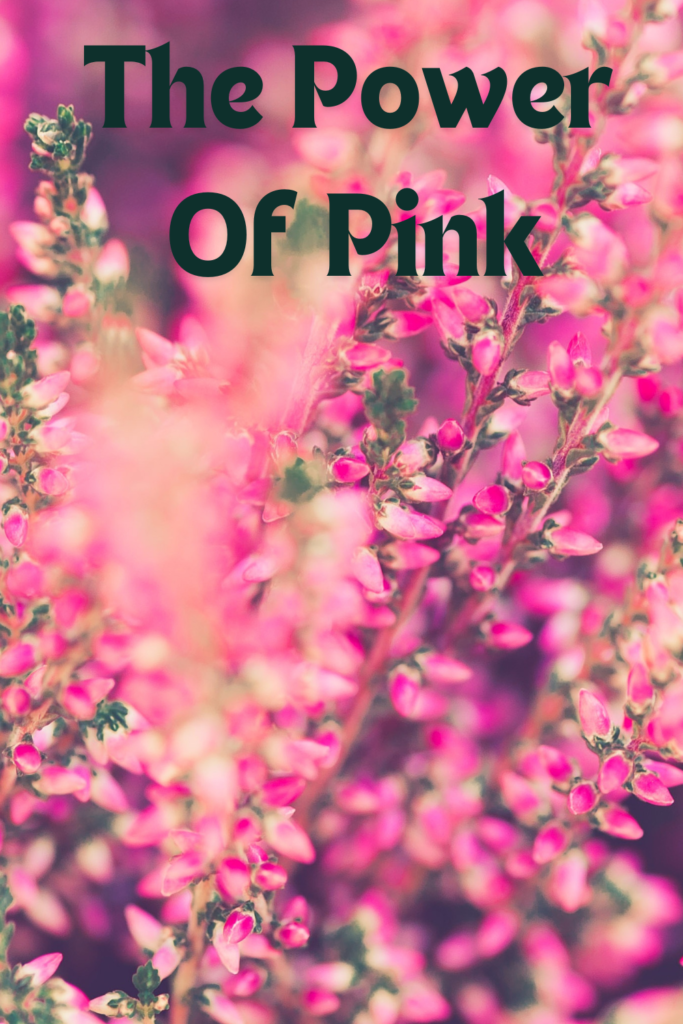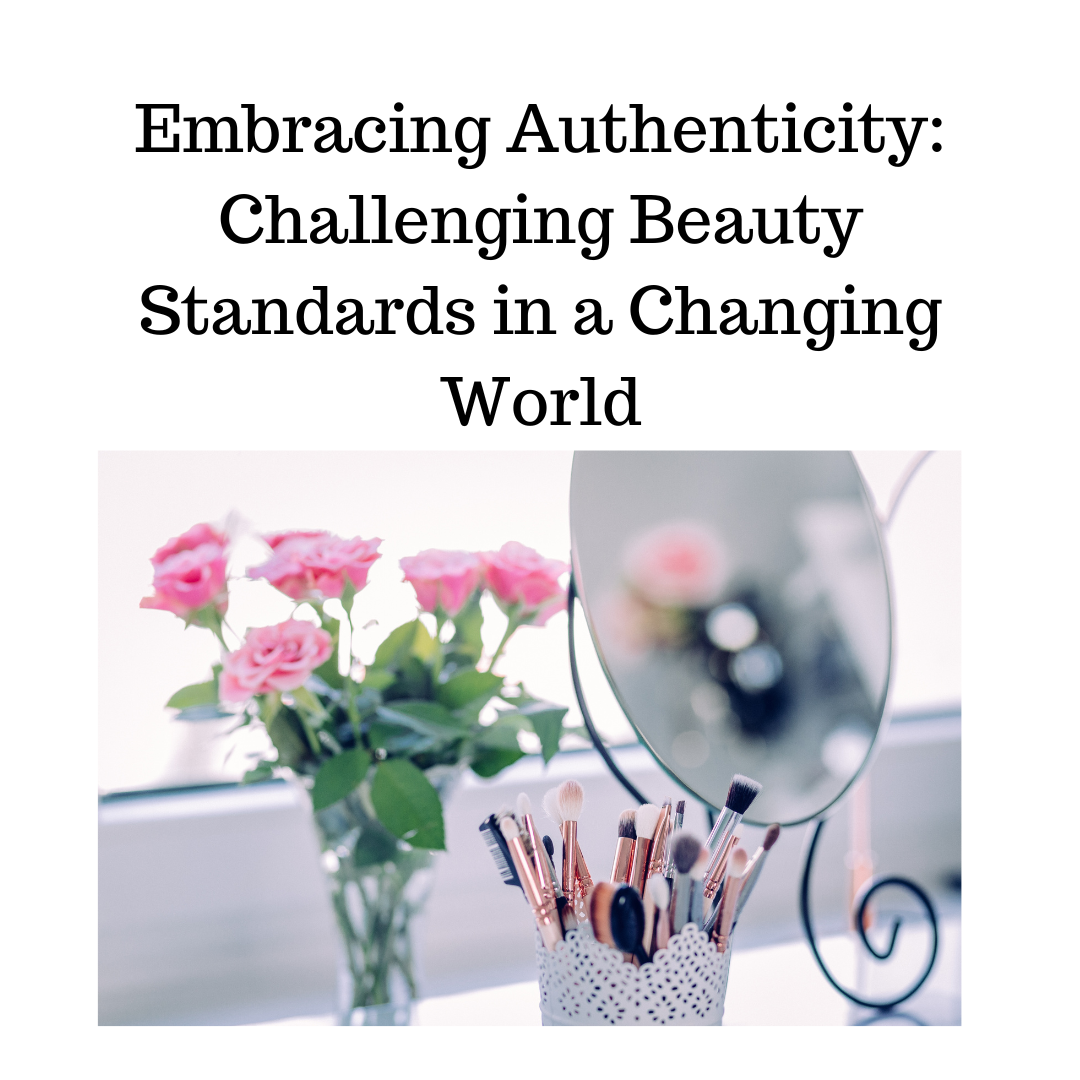The Evolution of Pink in Fashion: From Symbolism to Style Statement

The color pink has traversed a fascinating journey through the annals of fashion history, oscillating between various cultural significances and fashion trends. From its early origins to its contemporary resurgence, pink has continually reinvented itself, reflecting the evolving socio-cultural landscape and fashion sensibilities.
Historical Context: The Birth of Pink
Pink, a tint of red mixed with white, began its fashion journey in the 18th century when it was worn by both men and women in European courts. Associated with luxury and sophistication, pink garments were often adorned with elaborate embroidery and intricate lace. Notable figures like Madame de Pompadour, the mistress of King Louis XV of France, popularized the color, cementing its status as a symbol of elegance and opulence.
Gendered Associations: Pink and Blue Divide
The 19th and early 20th centuries witnessed a shift in the perception of pink, particularly in relation to gender. Interestingly, pink was initially considered a strong, masculine color due to its association with red, while blue was deemed delicate and feminine. It wasn’t until the mid-20th century that pink underwent a gendered transformation, becoming predominantly associated with femininity. This shift was influenced by marketing strategies and cultural narratives that solidified pink as a color for girls and blue for boys.
Pink in High Fashion: From Feminine to Feminist
The latter half of the 20th century saw pink reclaiming its versatility in fashion. Designers like Elsa Schiaparelli embraced pink, particularly shocking pink, as a bold statement of individuality and rebellion against conventional norms. Schiaparelli’s iconic use of this vibrant hue challenged the subdued color palettes of her time, paving the way for pink to be seen as a symbol of avant-garde fashion.
The feminist movements of the 1960s and 1970s further complicated pink’s narrative. While some feminists rejected pink due to its enforced association with traditional femininity, others reclaimed it as a symbol of empowerment and defiance. This dichotomy persisted into the 21st century, with pink oscillating between being a color of empowerment and a marker of traditional gender roles.
Modern Interpretations: Pink as a Statement Color
In contemporary fashion, pink has emerged as a dynamic and versatile color, transcending its historical confines. Designers like Valentino, Gucci, and Balenciaga have incorporated various shades of pink into their collections, demonstrating its adaptability across styles and seasons. From pastel pinks in spring collections to bold magentas in fall, pink has proven to be a perennial favorite on the runway.
The rise of millennial pink in the mid-2010s marked another significant moment in pink’s fashion journey. This muted, almost androgynous shade of pink became ubiquitous, symbolizing a generation’s move towards gender neutrality and inclusivity in fashion. The popularity of millennial pink in everything from clothing to interior design underscored its broad appeal and cultural resonance.
Pink in Popular Culture: Influence and Iconography
Pink’s influence extends beyond the runway into popular culture, where it has become an iconic color associated with various personalities and movements. From the pink suits of Jackie Kennedy and the bubblegum pink aesthetic of Barbie to the punk rock edge of pink-haired rebels, the color has been embraced by diverse subcultures and icons.
In music, artists like Pink and Nicki Minaj have utilized the color as part of their personal brand, using it to convey strength, individuality, and rebellion. The portrayal of pink in film and media, from “Legally Blonde’s” Elle Woods to the pastel worlds of Wes Anderson’s films, has further cemented its multifaceted role in shaping cultural narratives.
The Future of Pink: Sustainability and Innovation
As the fashion industry moves towards sustainability, pink is also finding new expressions in eco-friendly fabrics and ethical fashion. Brands are experimenting with natural dyes and sustainable materials to create pink garments that are both stylish and environmentally conscious. The future of pink in fashion is likely to be defined by these innovations, reflecting a broader trend towards responsible and inclusive fashion practices.
Conclusion
The color pink in fashion is a testament to its enduring appeal and versatility. From its aristocratic beginnings to its modern-day reinvention, pink has continually adapted to reflect changing societal values and fashion trends. Whether as a symbol of luxury, a statement of empowerment, or a beacon of sustainability, pink remains a powerful and dynamic presence in the fashion world. As designers and consumers continue to explore and reinterpret this color, pink’s journey in fashion is far from over, promising exciting new chapters in the years to come.

